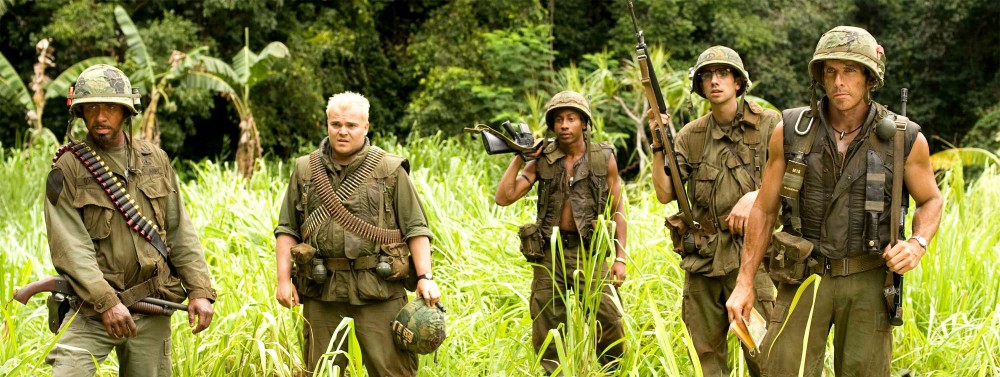Jake Turner
Blog post 3
May 22, 2014
The Watermelon Woman is an indie film from the queer cinema movement. Even with it’s less than perfect acting and low budget it is able to tell the writers story of self-reflection. At the end of the movie we learn that the Watermelon Woman is actually completely fictional. The Watermelon Woman is just a vessel of self-reflection for the writer/director, Cheryl Dunye. She uses this film to express her feelings towards the lack of African American lesbian presence in the film industry. It’s clear that there are no famous African American lesbian’s in film at the time from the scene of Cheryl doing research at the library and coming up empty handed. This large reference library does not have one book on the topic showing its insignificance at the time.
I interpreted the Watermelon Woman as Cheryl herself and her difficulties in the film world being an African American lesbian. This is evident in the scenes of Cheryl reciting what I assumed to be said from ‘The Watermelon Woman’. An example of this can be found towards the end of the movie from 1:13:00-1:13:10 (https://www.youtube.com/watch?v=u_BU_c5TnO4). She is able to recite the lines word for word with perfect timing without looking at the real movie. I believe Tamara may be a representation of a disapproving male figure in her life. Someone had brought up during discussion that Tamara seems to be very masculine in her actions, which I came to find myself agreeing with. She disapproves of Cheryl’s idea for the movie throughout the film and brushes conversations about her movie to the side. She even comments on how Stacy’s story was better than Cheryl’s further putting her down. I found the scene of Cheryl interviewing her mother to be rather interesting. Cheryl seems to talk to her in a tone that you would not usually take with your mother. She treats her more poorly than, in my opinion, she should. She even chooses to do the interview with her own mother off camera. While her voice can still be heard she is not pictured within the frame. When her mother is asked about the Watermelon Woman she states that she does not know who that is or anything about her. This to me is just another symbol of someone who does not support Cheryl and her topic of African American lesbian women.
I think the ending of Cheryl revealing that the Watermelon Woman is completely fictional is her way of saying that there are no famous African American lesbian women in the film industry. She is trying to bring attention to this issue to make people more aware. And in a way thus making her a famous African American lesbian in the film industry. She herself then become the Watermelon Woman (a famous African American lesbian in film) One question I have that is unrelated to the idea of self-reflection however is: why the wedding scene depicted in the beginning of the movie is a straight couple while almost every other character seen throughout are of the LGBT community. Why did Cheryl Dunye choose to picture a straight wedding instead of say two women?
